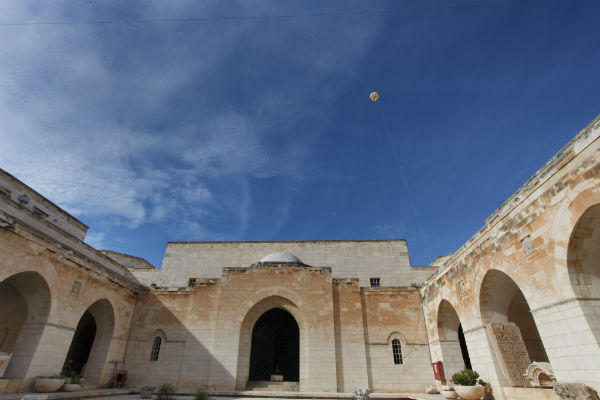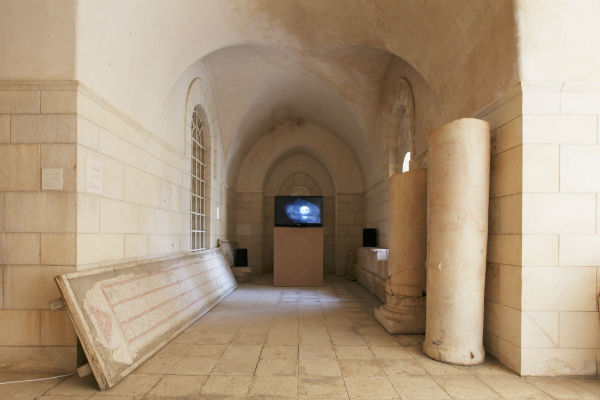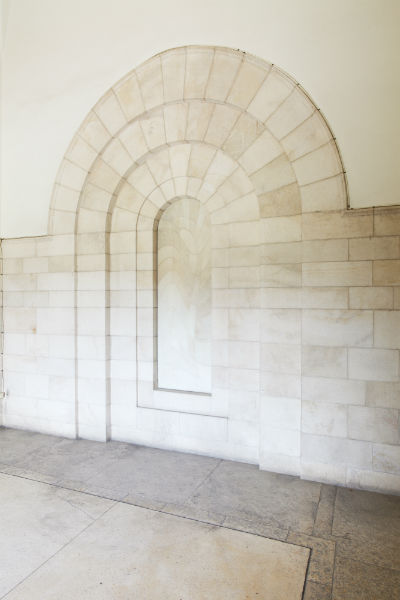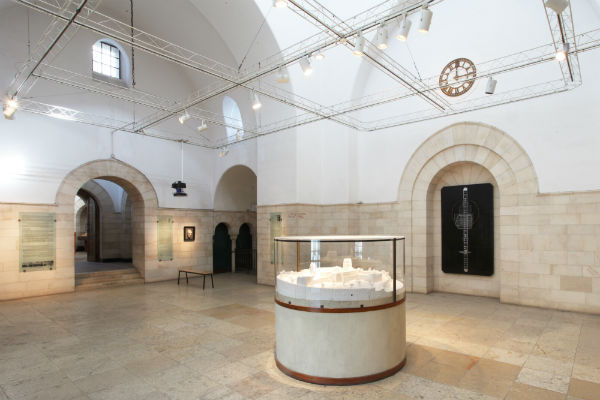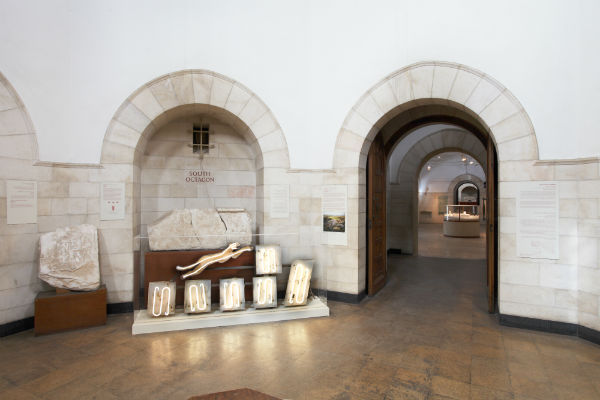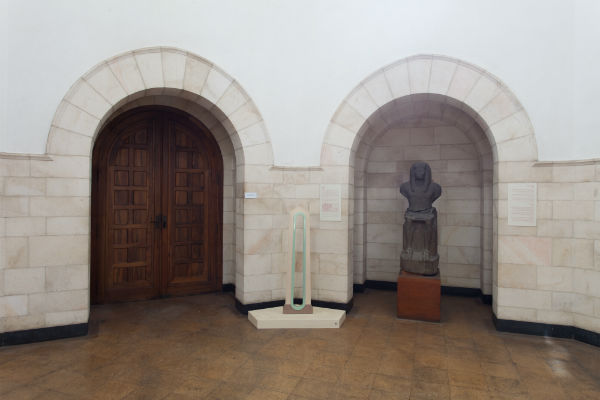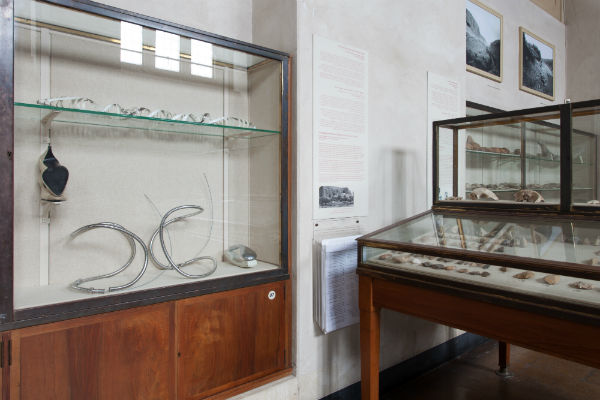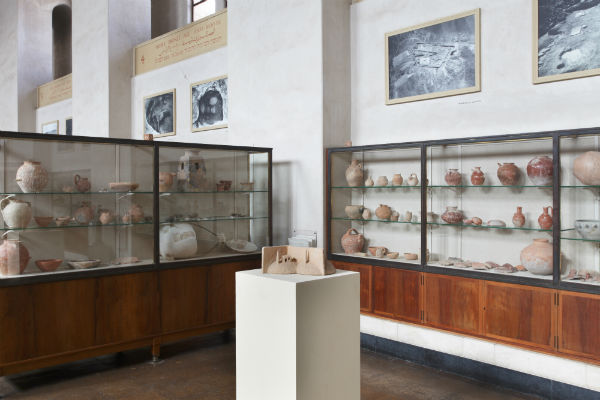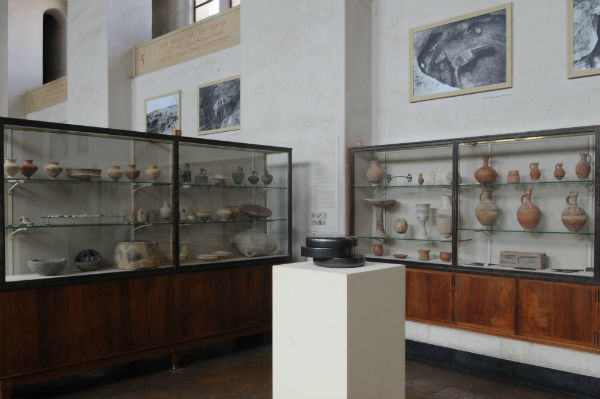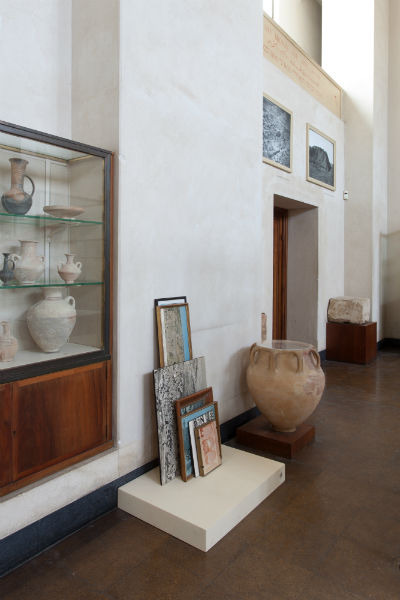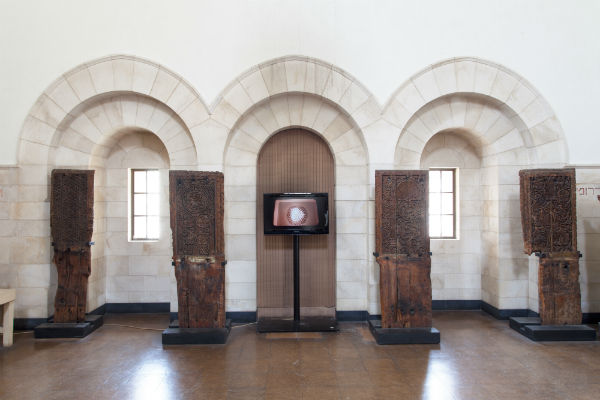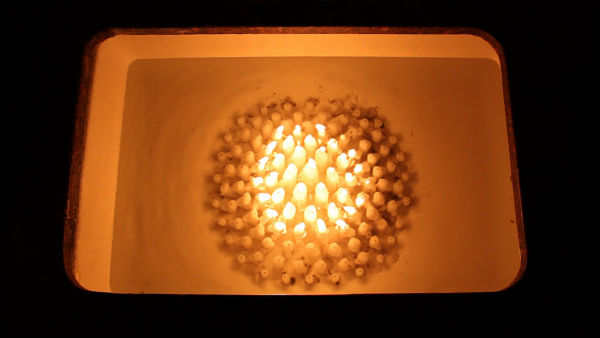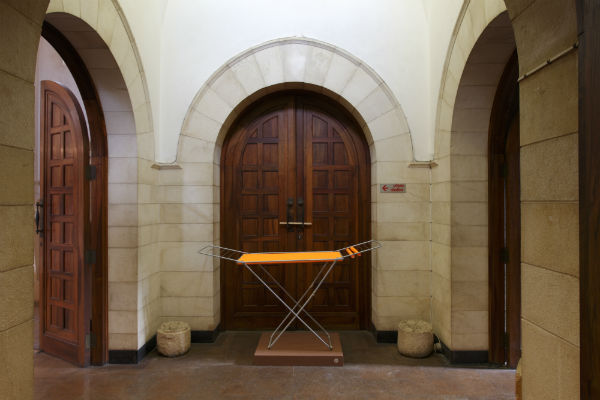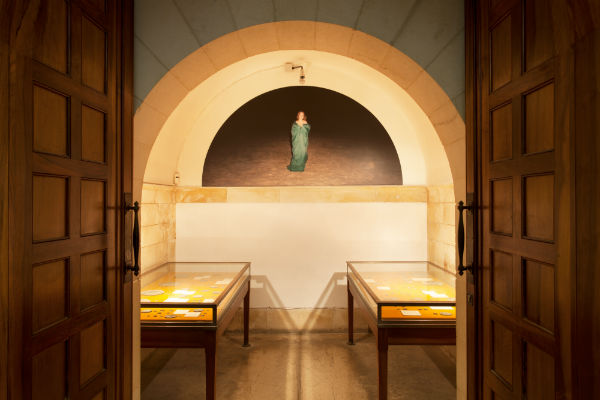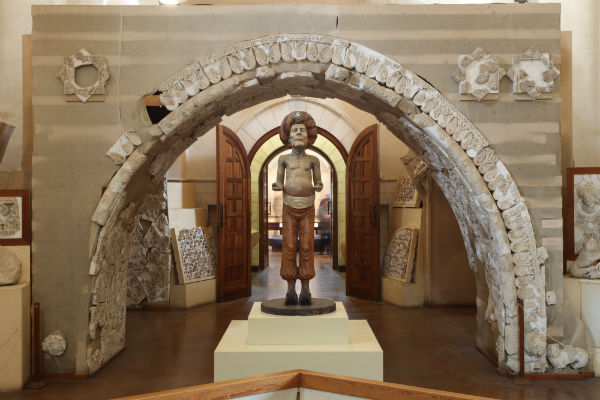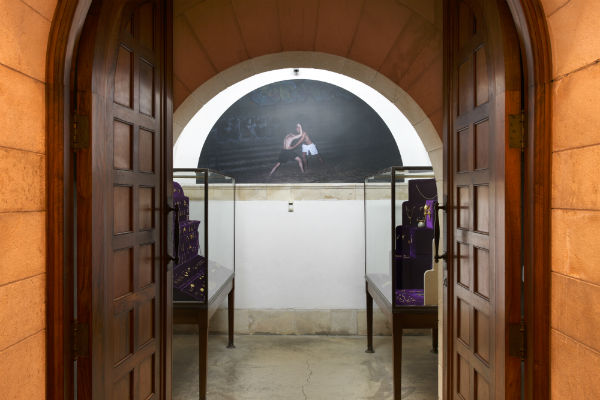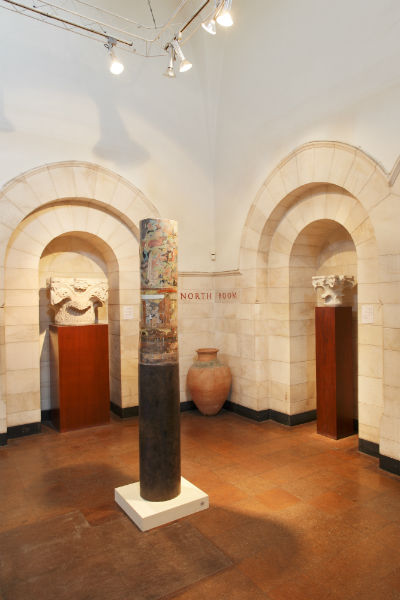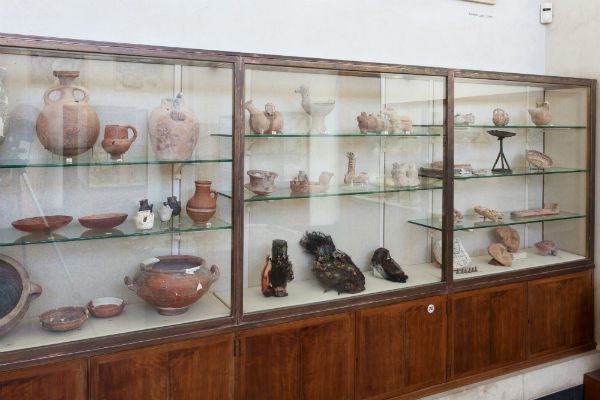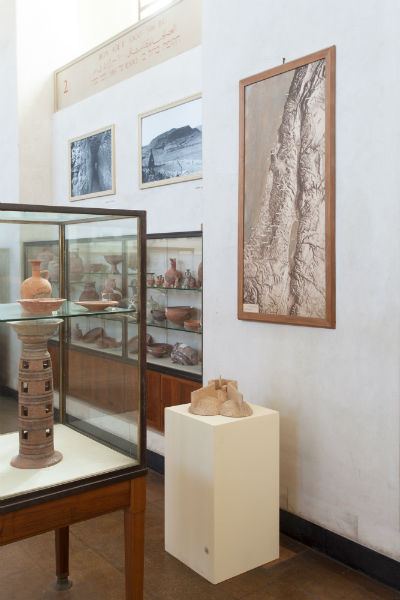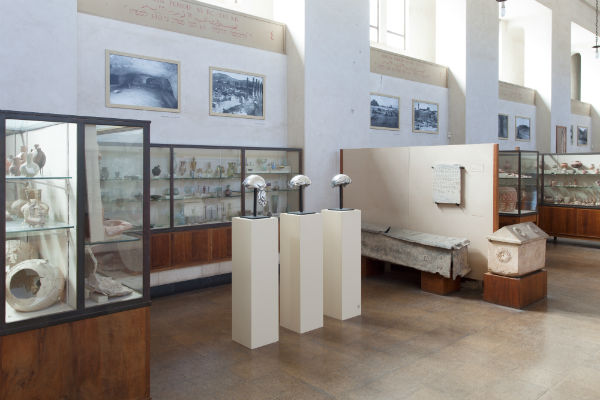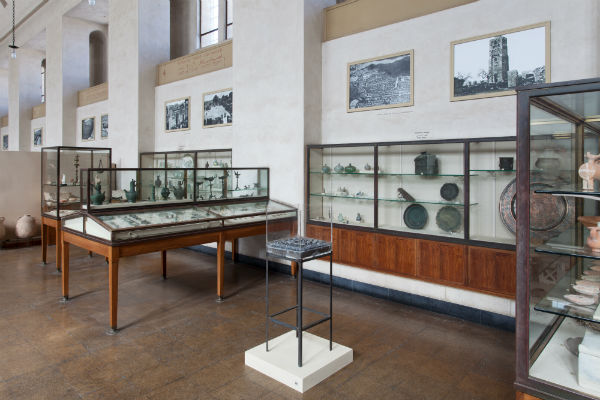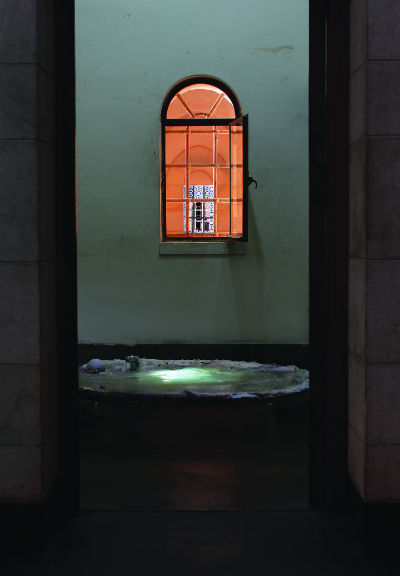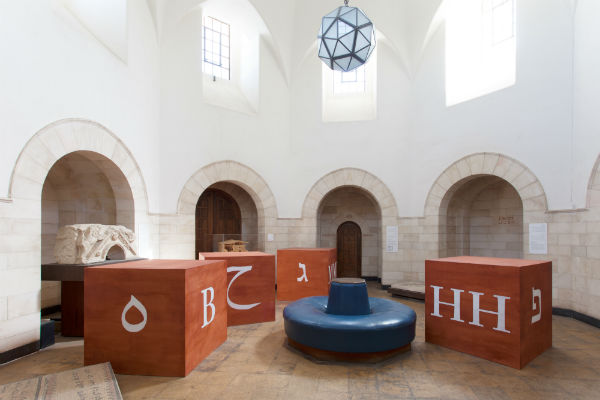Re: Visiting Rockefeller
Eli Petel// Hila Toony Navok// Yochai Matos// Reuven Israel// Lior Waterman// Bianca Eshel Gershoni// Lea Avital// Jonathan Ofek// Avi Sabah// Adi Brande// Daniel Kiczales// Amnon Ben Ami// Hinda Weiss// Alona Rodeh// Ayelet Ben Dor & Hila Laviv// Shay Id Aloni// Eitan Ben Moshe// Sharon Glazberg// Hannan Abu Hussein// Tal Frank// Guy Zagursky// Guy Goldstein// Nir Evron// Uri Nir
Oct 2012 – April 2013
Rockefeller Archeological Museum is a vision from a different era. When it was built in the 1930s by Austin St. Barbe Harrison for the British Mandatory Authorities, the structure epitomized the height of technology at the time in terms of building methods and materials. The structure, which was the first built in Israel in the purpose of serving as a museum, embodies the Mandate's aspiration to import Western and Cosmopolitan culture and values to this part of the Middle East. The degree to which it was succesful and the validity of such a mission are still up for discussion. From its inauguration in 1935 to 1948 the Rockefeller Museum was under Brithish rule whereas from 1948 to 1967 it was under Jordanian control and in 1967, with the capture and annexation of the eastern city, it passed into Israeli hands.
The exhibition Re: Visiting Rockefeller constitutes a first of its kind attempt to install an exhibition of contemporary art throughout the museum's display spaces alongside the original archeological exhibits. The choice of the museum is not coincidental. Due to the nature of the place, its location in east Jerusalem and the fact that it almost did not change since it was opened, the Rockefeller Museum forms a meeting point between archeological treasures and the turmoil of history and between visions of utopia and their crash onto the shores of reality. This exhibition constitutes an attempt to form a responc to this stratified and complex space - a reaction to the experience of visiting the structure, the objects displayed in it and the reality in which it takes place. The exhibition was initiated by Manofim and was exacuted in collaboration of the Israel Museum.
When we took on the formulation of a contemporary art exhibition in the space of a museum of archeology we tried to creat a pairing that will be reciprocally beneficial both to the archeological exhibits and to the contemporary art works. We invite the visitors not to separate the art from the archeological displays. The two are meant to be experienced in tandem, as the art gets the opportunity to exist in relation to something, to sink its teeth into an environment which holds more than the emptied and neutral spaces in which it is typically displayed, and perhaps provides the contemporary artworks with a broader context. On their part, the archeological exhibits gain a point of reference originating in the world that lies beyond the temple guarding them, one that separetes them from the world and from the original function for which they were designated. We hope that these points of reference could highlight and underscore the similarities and differences between the worlds that became our world.
Art, particularly contemporary art, has a lot in common with archeology. The two disciplines incorporate the love or fundamental commitment to the object and material and the many meanings derived from that object. Both archeology and art encompass many other disciplines such as history, philosophy, anthropology, psychology and more, not to mention the exact sciences required in the related fields of preservation and restoration. The term "objet trouve", or in english "found object", could be applied to the entire range of archeological findings since archeology essentially concerns finding objects. There is also a great similarity between the fields in the heightened emphasis both place on objects and the reverential way they are kept and displayed. This detail is not particularly surprising considering the fact that archeological display in its modern configuration originaes in the 19th century and modes of display borrowed from other fields.
The dimensions of time is of the upmost importance in contemporary rt. Recently, with the tightening of the associaion between art and fashion, the art work has been gaining its validity simply by being contemporary: this is the art of today, and yesterday's art is not as relevant; a worldwide which is also prevalent in other domains of contemporary culture. And so, whar happens when our so transient existence meets the timelessness of the archeological space, in which artifacts gather meaning and significace with age? It seems that whoever is involved in archeology cannot help but reflect on the imminent end as he comes across the demise of people, cultures and even entire nations. Destruction and ruin are the central powers at play in archeology, since it concerns what existed and perished, not what existed and still existes. And perhaps there is something to be learned from archeology, which in the face of capricious devastation and destruction by the hands of time, nature and man's wars, offers at its finest patience, reconstruction and endeavors to understand what had happened.
Three circles of foreignness and otherness accompanied our thinking: the basic foreigness of the monumental British structure in relation to the surrounding city, our foreignness as Israeli visitors to a structure located in east Jerusalem, and which despite being an official part of the Israeli Museum, is not perceived as a familiar tourist site by the majoruty of the Israeli public, and finally, our fundamental foreignness as curators and artists engaged in contemporary art in an archeology setting. We took upon ourselves, and posed the artists with whom we chose to work in this exhibition, a challenge - to see whether contemporary art can say something about the treasures of the past, about the subject of archeology in Jerusalem and about the structure of the museum and its history. We invite you to revisit the Rockefeller Museum and this time with the accompaniment of the artists whom we asked to respond toghether with us to this unique, complex and spectacular place.
For further reading please find enclose Digital Catalogue - under Press
Heat Archer 2012, 03:51 from Uri Nir on Vimeo.

